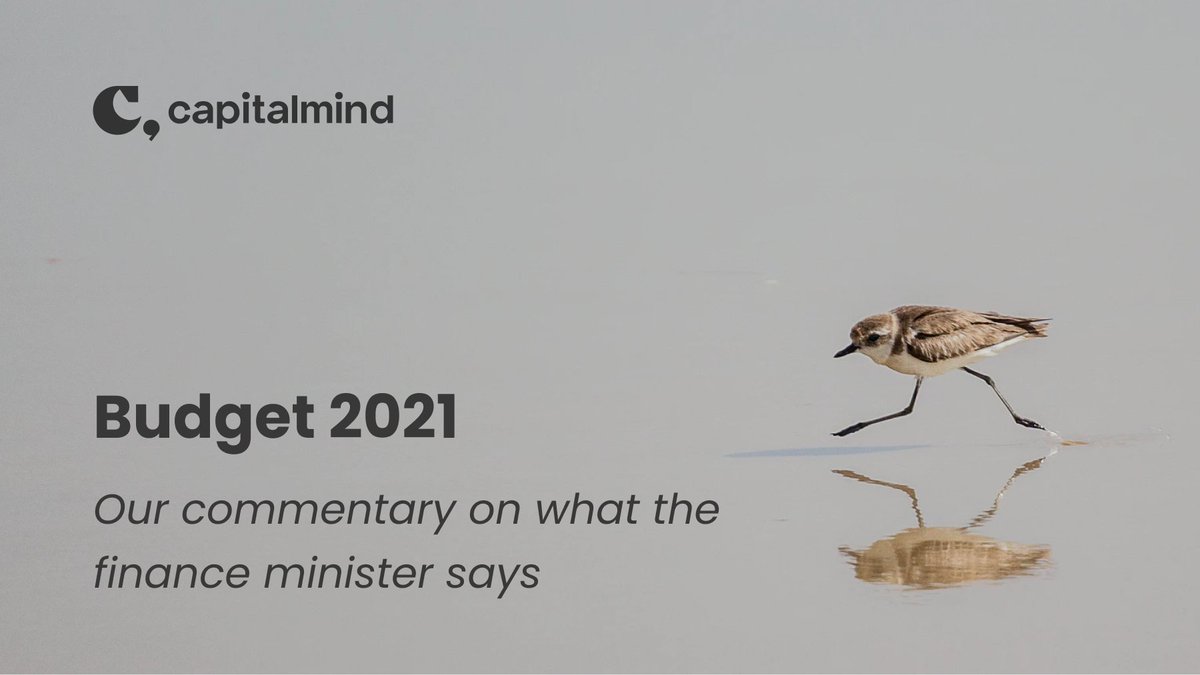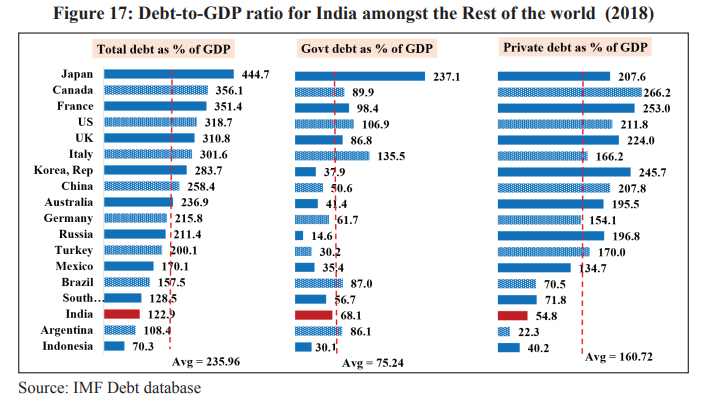
The RBI policy was not much of a change today. They said banks can restructure MSME and individual loans. This just means evergreening, because banks are simply NOT reducing rates even for stressed borrowers.
If you're in trouble, banks can now say okay we'll stretch your loan for longer time. This also they don't do unless you actually default. Then, they don't cut the interest rate - even if their own borrowing costs are down.
You actually want more banks to come in now. Who don't have the legacy and who'll take over the market by offering lower rates, starting with good borrowers. So to fight, everyone will have to cut rates. You need the competition now, can't be a diktat.
RBI's other concept is nice: Give a lifeline to small business banks, and say their lending to microfinanciers is priority sector. That reduces regulatory baggage to an extent, but won't actually encourage further lending.
The biggest deal is this: Banks will be allowed to use 100% of the floating provision or countercyclical buffer to move to specific NPA provisioning. This is big because it protects the banks (who earlier created buffers either smartly, or because RBI forced them to).
• • •
Missing some Tweet in this thread? You can try to
force a refresh











